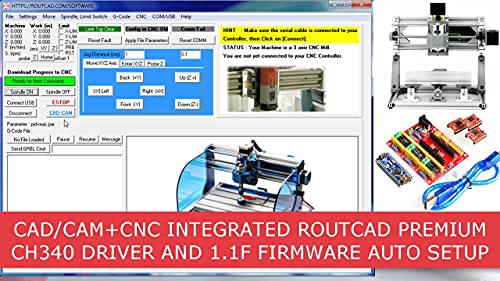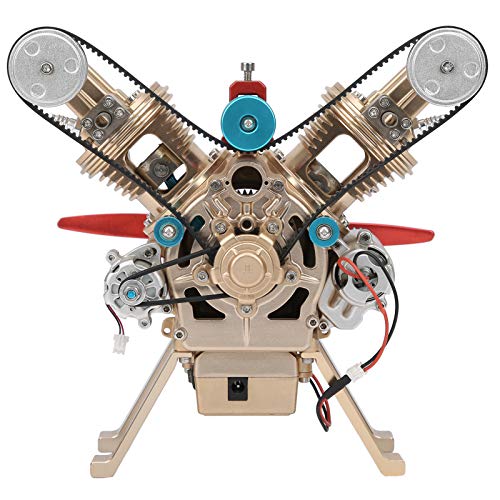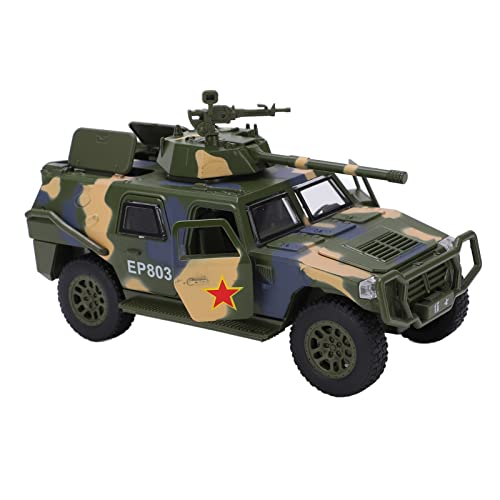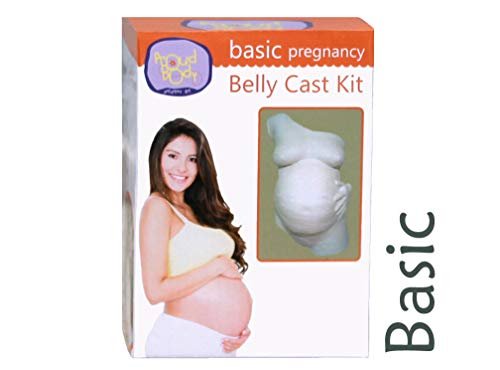Why after machining a shaft to fit a bearing lol, it wont fit.
In fact I'm finding in some cases I have to go undersize three or four thou.
Used a deburring tool on the bearing and a file on the corner edge of the shaft and no luck.
What am I doing wrong?
In fact I'm finding in some cases I have to go undersize three or four thou.
Used a deburring tool on the bearing and a file on the corner edge of the shaft and no luck.
What am I doing wrong?
































































